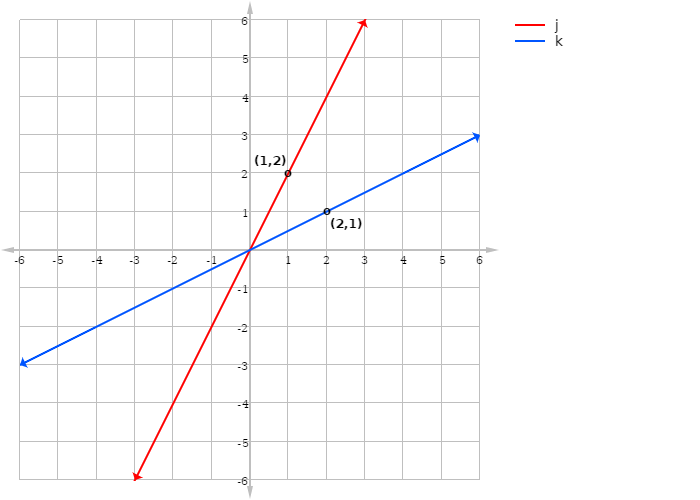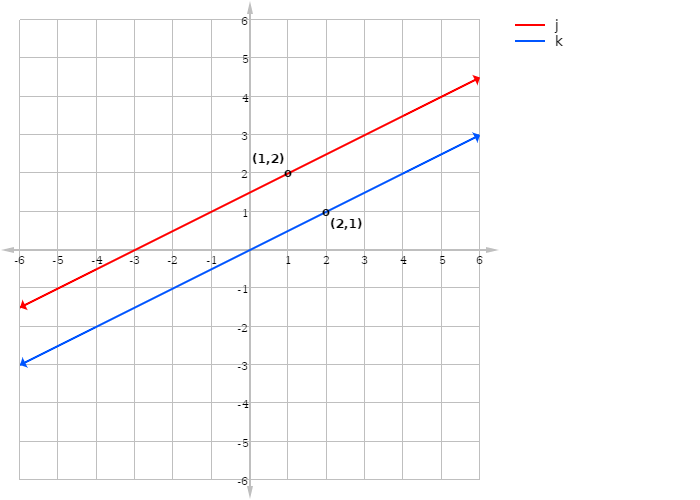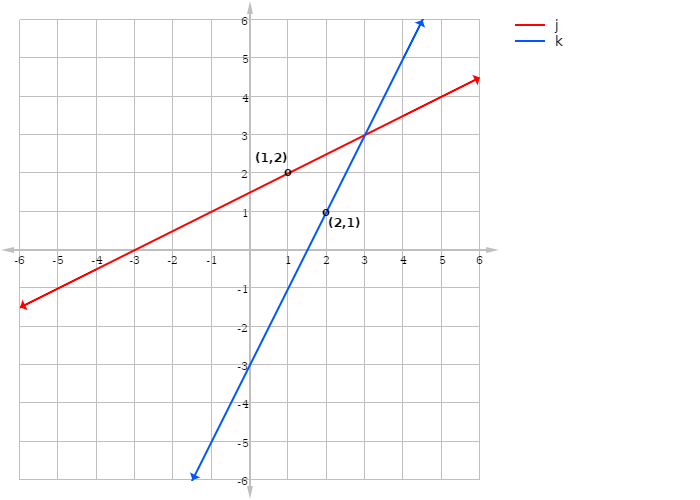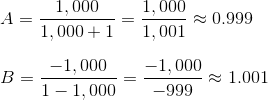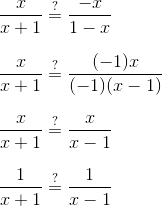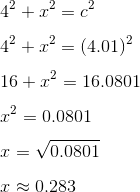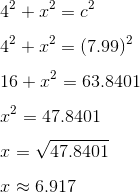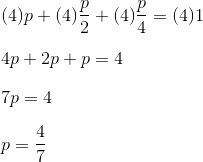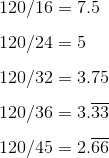This page is part of my unofficial solutions manual to the GRE Paper Practice Book (2e), a free resource available on the ETS website. They publish the questions; I explain the answers. If you haven’t worked through the Practice Book, give Section 6 a shot before reading this!
6.5: The One with the Lists
Statistically speaking, this isn’t the hardest math problem in the book — that dubious honor goes to 6.25, which only 24% of students get right. Still, 6.5 deserves a special mention, because its weird wording causes students to spend huge amounts of time just figuring out what’s being asked. It’s true that almost half of students (48%) eventually get this one right, which is a higher success rate than several of the problems we’ve seen so far. Based on my own teaching experiences, though, I have to wonder how many students guess the right answer out of frustration, rather than because they’re confident that it’s correct.
The first thing we have to establish is that T doesn’t have to be a uniform list. As long as all of the numbers in T are different from one another, and all of them are between 0 and 50, that part of the problem statement is satisfied. So T could be uniform, in the sense that there’s a regular interval between each two consecutive values:
But it doesn’t have to be. We could just as easily have something like this:
where there’s a huge jump between consecutive values. There may even be more than one such jump. As long as the smallest value is greater than 0, and the largest value is less than 50, all bets are off.
The next thing is to get clear on the definitions of x and y. The problem defines x as “greater than 60 percent” of the values in T. There are exactly 100 values in T, so being greater than 60 percent of those values means being greater than 60 of those values. In other words, if we arrange all of the elements of T in numerical order — call them T1 through T100 — x will be greater than T60 and less than T61. Likewise, y has to be greater than T40 but less than T41.
In a sense, this is a problem with 100 independent variables, {T1 … T100}, and two dependent variables (x and y). That fact alone should make us suspect that the answer will be (D). This is where most of that 48% gets off the bus.
But let’s see if we can come up with some scenarios in which (x – y) is less than, greater than, or equal to 20. If we can show that at least two of those outcomes are possible, we can select answer (D) with confidence.
Actually, both of the example lists above will result in (x – y) being less than 20. So will most of the “common-sense” approaches to making a list like T. Our real challenge here is figuring out a situation in which x – y ≥ 20.
Here’s the thing, though: we don’t need to create an entire list T, and we certainly don’t need to write it out element-by-element. All we really care about are the following properties:
- All of the numbers before y are small.
- All of the numbers after x are large.
- Somewhere between y and x, there’s a big jump in values.
The number line below shows one of the many (actually, infinite) ways to accomplish this.
All of the numbers before y (T1 to T40) are less than 5, and all of the numbers after x (T61 to T100) are greater than 45. In between, there’s a huge space for the numbers from T41 to T60. If we arrange the elements of T in this way, we create a big gap between y and x, making x – y much greater than 20.
At this point, we’ve shown that (x – y) can be greater or less than 20, depending on the way that we populate list T. The answer is therefore (D), as in “depends on the variables.”
Now, if you get a problem like this on the real exam, I don’t recommend actually drawing out a number line, or even constructing a list like T. Instead, reason informally about how you might manipulate the independent variables (here, the values in T) in order to minimize, and then maximize, the dependent variables.
Math Review Reference
For more on this topic, see the following section of the GRE Math Review:
- 1.5: Real Numbers (pp. 7-8)

